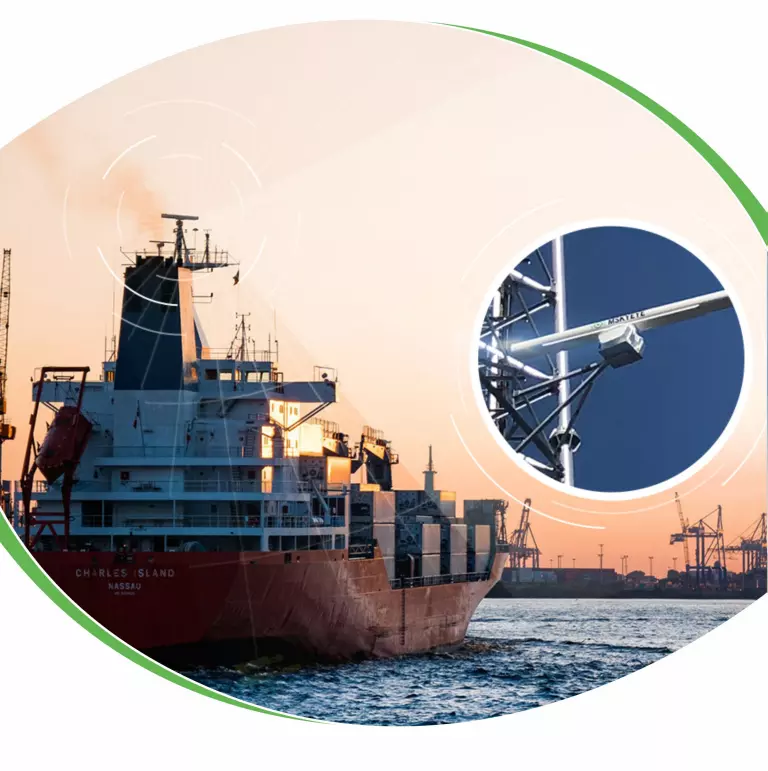The Role of Coastal Surveillance Radar in Enhancing Maritime Security and Border Control
In today's dynamic security landscape, the significance of coastal surveillance radar systems cannot be overstated. These systems are pivotal in fortifying maritime security and border control efforts, leveraging advanced radar technologies to monitor coastal activities, detect potential threats, and ensure effective enforcement of maritime laws. Let's delve into how coastal surveillance radar contributes to these critical aspects of security.

1. Unparalleled Situational Awareness
Coastal surveillance radar systems offer unparalleled situational awareness along coastlines, empowering authorities to monitor vessel movements, identify suspicious activities, and promptly detect potential threats in real-time. By utilizing radar technology for continuous monitoring and tracking of maritime traffic, these systems enable security agencies to maintain a comprehensive picture of coastal activities, ensuring swift responses to any illicit incursions or security breaches.
2. Early Detection and Proactive Threat Prevention
The high detection capabilities of coastal surveillance radar systems allow for early identification of unauthorized vessels, suspicious behavior, or potential security risks within territorial waters. By providing early warning alerts and actionable intelligence, radar technologies empower border patrol agencies to proactively intercept threats, prevent illegal activities, and mitigate security incidents before they escalate, thereby enhancing border control and maritime security measures.
3. Support for Search and Rescue Operations
Coastal surveillance radar plays a vital role in supporting search and rescue operations by providing accurate vessel tracking, distress signal detection, and maritime distress call monitoring. In cases of emergencies or maritime incidents, radar systems help pinpoint the location of distressed vessels, coordinate rescue efforts, and facilitate timely assistance to individuals in distress at sea, contributing significantly to maritime safety and enhancing response capabilities in critical situations.
4. Strengthening Border Monitoring and Law Enforcement
Coastal surveillance radar assists border control agencies in enforcing maritime laws, preventing illegal border crossings, and deterring smuggling activities along coastal regions. By monitoring vessel traffic patterns, detecting unauthorized entry attempts, and conducting surveillance of maritime borders, radar systems enable authorities to enforce maritime regulations, combat transnational crimes, and safeguard national security interests, bolstering border control efforts and promoting safe and secure maritime environments.
5. Integration with Maritime Security Systems
Coastal surveillance radar technologies seamlessly integrate with other maritime security systems, such as the Automatic Identification System (AIS), radar imaging, and Geographic Information System (GIS), to enhance data sharing, operational coordination, and situational awareness. By consolidating information from multiple sources and technologies, radar systems provide a comprehensive view of maritime activities, support decision-making processes, and facilitate collaborative efforts among security stakeholders to effectively address security challenges.
Conclusion: Safeguarding Maritime Environments
In conclusion, coastal surveillance radar systems play a pivotal role in strengthening maritime security and border control initiatives. Leveraging radar technology to enhance situational awareness, prevent security threats, and facilitate timely responses, these systems bolster security measures, protect maritime borders, and safeguard coastal assets. As a critical component of modern security infrastructure, coastal surveillance radar continues to be instrumental in fostering safe and secure maritime environments, upholding national sovereignty, and ensuring the efficient management of coastal regions for the benefit of all stakeholders involved.

